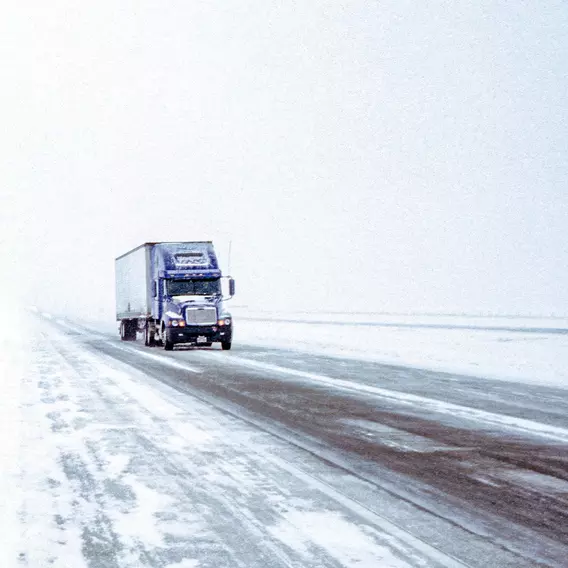A look at inflation and demand in 2022
Inflation has been a constant headline throughout the past several months as it has continued to climb to its highest level since 1982 (7.1% YoY) as measured by the Consumer Price Index. Inflation beat the median projection of 7.3% in a Bloomberg survey of economists, jumping to 7.5% in January. Inflation has become concerning enough that the Fed is expected to raise interest rates at their March 15th meeting for the first time since 2018. So, what does this mean for inflation in 2022 and how will demand be affected?
The rate of inflation is expected to begin to slow throughout 2022. However, it’s not expected to fall to the Fed’s target level of approximately 2% until the end of 2023. As you can see in the graph below, the forecast has inflation falling to 6.5% by the end of Q1 2022 and down to 3.3% by the end of Q4 2022.
Rising interest rates, easing of supply chain constraints, high prices due to inflation, and declining disposable income from stimulus and child tax credit payments are all expected to contribute to declining inflation. One thing to note is that several of the factors just mentioned are far from guaranteed.
Let’s take a look brief look at the supply chain for example. It is no secret at this point that the supply chain has faced numerous constraints over the past 12 months. There have been significant backlogs at the ports, shortages of shipping containers, trucks, and drivers, and shortages of input materials to name a few. These constraints, combined with elevated demand, have been one of the contributing factors to the high levels of inflation we’ve experienced in the past year. However, supply chain constraints should begin to ease this year, especially in Q3 and Q4. If this does turn out to be the case, we can expect the pressure on inflation from the supply chain to also begin to ease.
Another significant driver of inflation has been the historically high levels of demand that the supply chain has been unable to meet. The stimulus payments and enhanced unemployment benefits put money in people’s pockets early on in the pandemic, and much of this went to goods as spending shifted away from services. More recently, child tax credit payments have provided consumers with additional funds. Now, all of these payments have stopped and we’ll likely see a decrease in consumer demand as a result. The graph below displays the level of real disposable income by quarter from Q1 2018 to Q4 2021.
It’s easy to see where disposable income spiked as these different payments went out. However, disposable income has now declined for 3 consecutive quarters and is expected to decline again in Q1 2022 as the lack of government spending, high inflation, and rising interest rates reduce consumers’ purchasing power. If this leads to a decrease in demand as it’s expected to, this will also begin to ease the pressure on inflation.
As we mentioned earlier, this is not going to happen overnight. Inflation is expected to drop to 3.3% by the end of 2022, but it is possible that will be too optimistic. Supply chain constraints are still going to persist, but they should begin to ease through the year, especially in the second half. Demand is still high by historical standards, but it is expected to begin to decline throughout 2022. Overall, freight demand should remain strong in 2022 despite some easing. There are still many factors that can change considerably in our current economic environment, and anything is possible. In these unpredictable times, choose a carrier you can count on. See what ArcBest can do for you.

